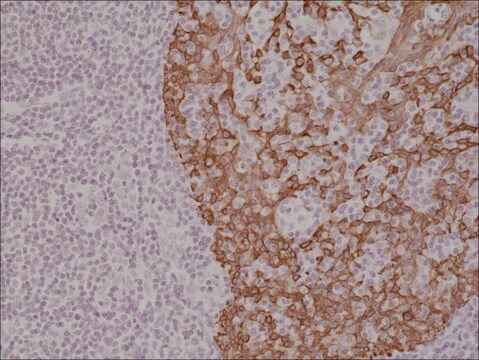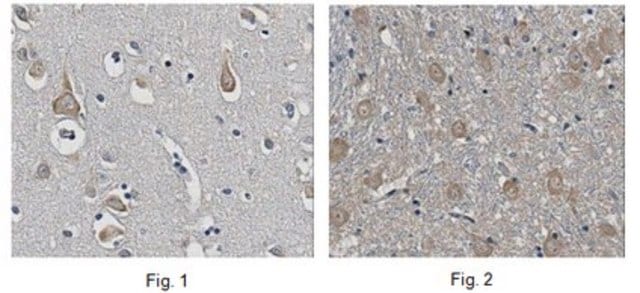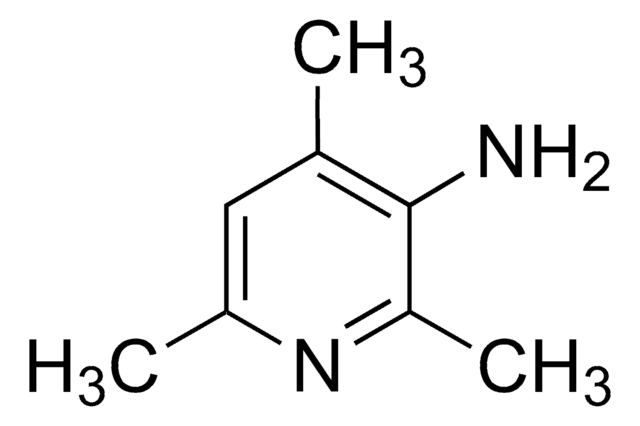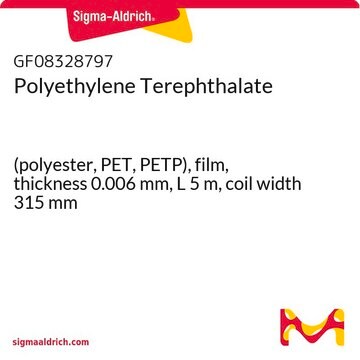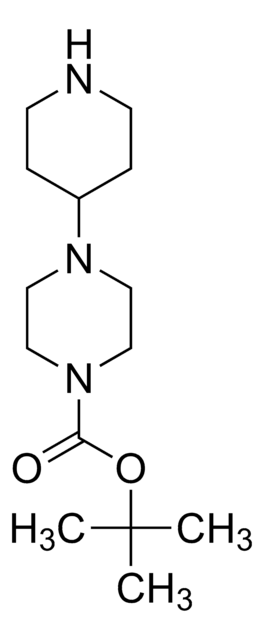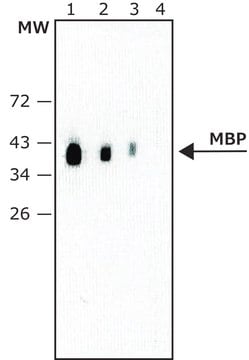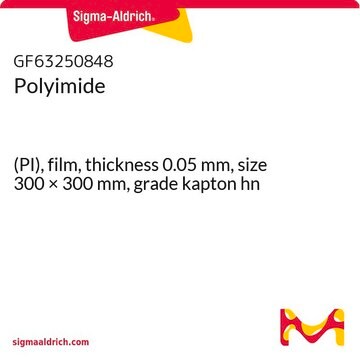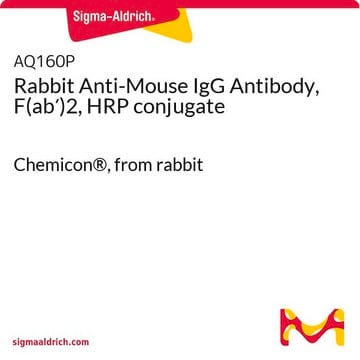CBL197
Anti-Cytokeratin 14 Antibody, clone LL002
clone LL002, Chemicon®, from mouse
Wybierz wielkość
805,00 zł
Dostępny w magazynieSzczegóły
Wybierz wielkość
About This Item
805,00 zł
Dostępny w magazynieSzczegóły
Polecane produkty
pochodzenie biologiczne
mouse
Poziom jakości
forma przeciwciała
purified antibody
rodzaj przeciwciała
primary antibodies
klon
LL002, monoclonal
reaktywność gatunkowa
human
opakowanie
antibody small pack of 25 μg
producent / nazwa handlowa
Chemicon®
metody
immunohistochemistry: suitable (paraffin)
western blot: suitable
izotyp
IgG3
numer dostępu NCBI
numer dostępu UniProt
Warunki transportu
ambient
temp. przechowywania
2-8°C
docelowa modyfikacja potranslacyjna
unmodified
informacje o genach
human ... KRT14(3861)
Zastosowanie
Western blotting
Optimal working dilutions must be determined by the end user.
Jakość
Postać fizyczna
Inne uwagi
Informacje prawne
Nie możesz znaleźć właściwego produktu?
Wypróbuj nasz Narzędzie selektora produktów.
polecane
Kod klasy składowania
12 - Non Combustible Liquids
Klasa zagrożenia wodnego (WGK)
WGK 2
Temperatura zapłonu (°F)
Not applicable
Temperatura zapłonu (°C)
Not applicable
Certyfikaty analizy (CoA)
Poszukaj Certyfikaty analizy (CoA), wpisując numer partii/serii produktów. Numery serii i partii można znaleźć na etykiecie produktu po słowach „seria” lub „partia”.
Masz już ten produkt?
Dokumenty związane z niedawno zakupionymi produktami zostały zamieszczone w Bibliotece dokumentów.
Active Filters
Nasz zespół naukowców ma doświadczenie we wszystkich obszarach badań, w tym w naukach przyrodniczych, materiałoznawstwie, syntezie chemicznej, chromatografii, analityce i wielu innych dziedzinach.
Skontaktuj się z zespołem ds. pomocy technicznej